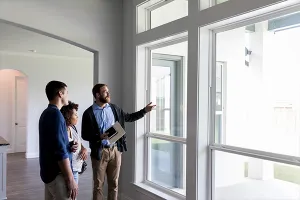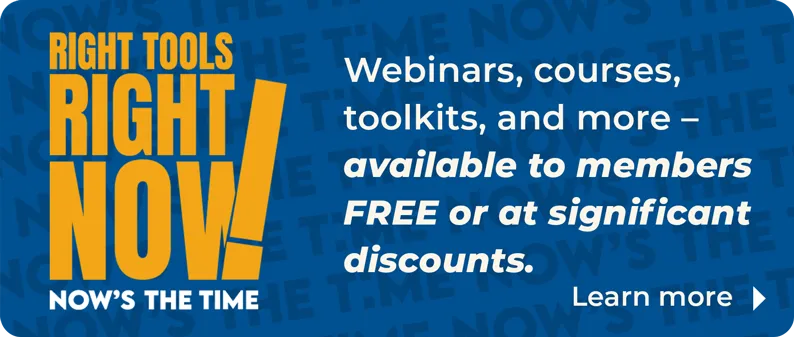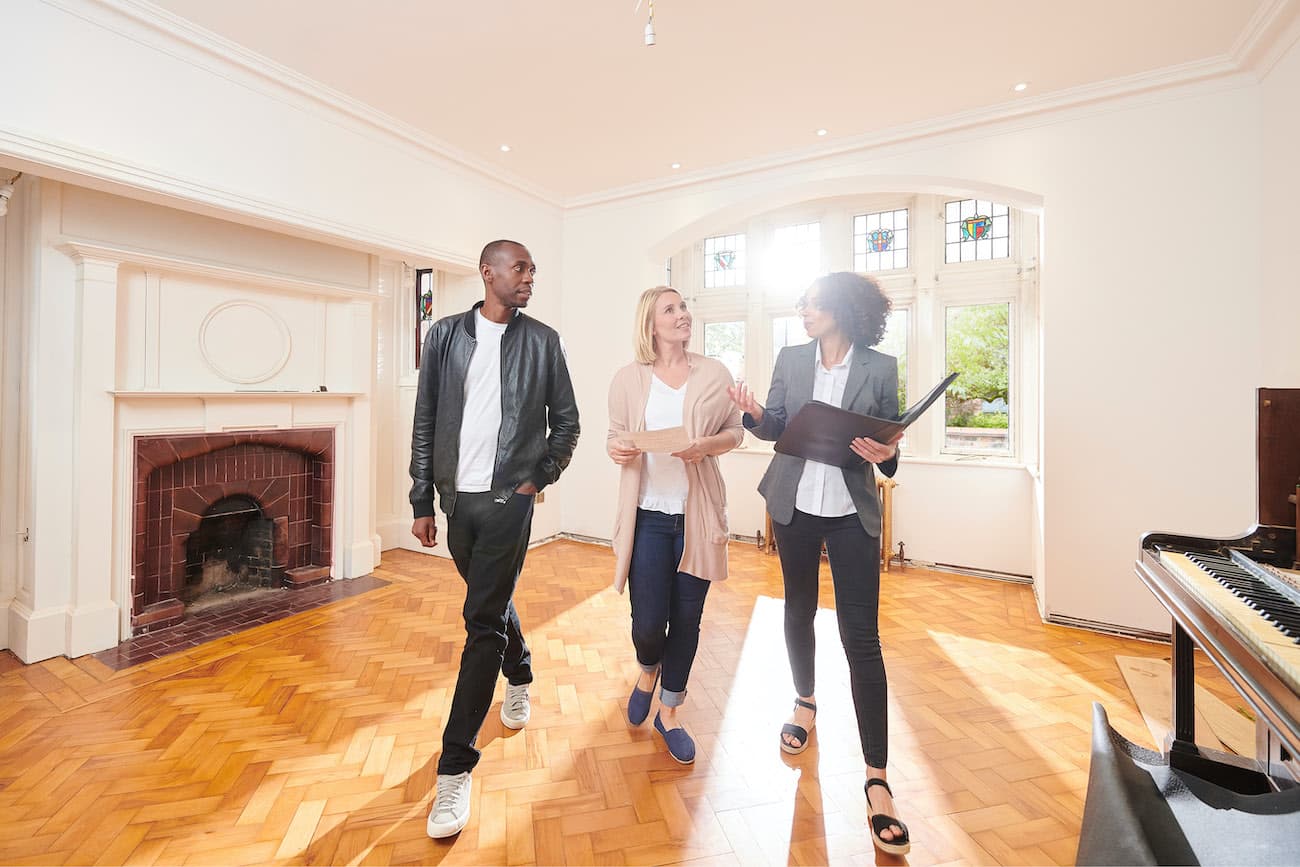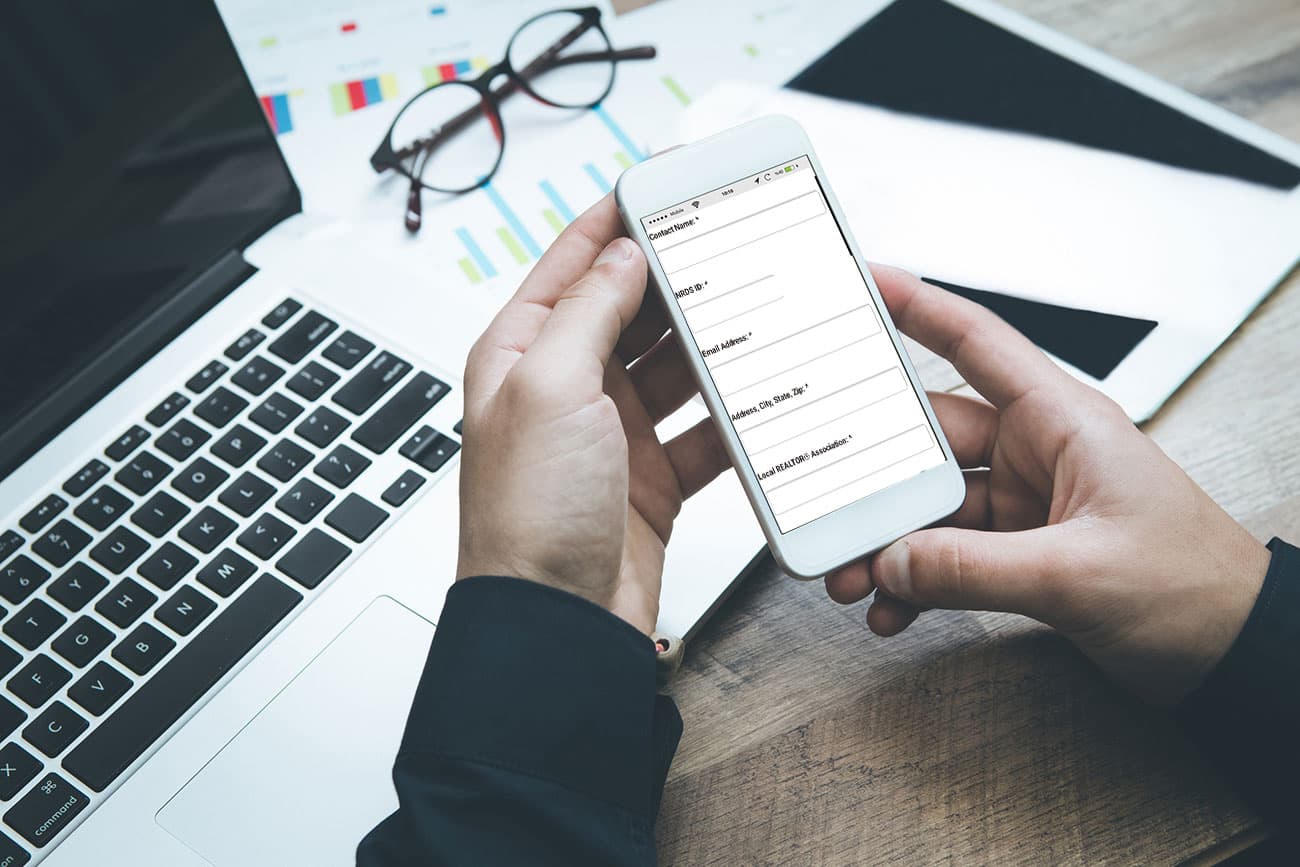
Our profession is not like most. As real estate professionals, we walk with strangers into unfamiliar homes. Sometimes the homes we show are in remote areas. Oftentimes we do our job at odd hours, and in many cases, we are alone. While most of us are extroverts and love to be out in the field helping people find the perfect home, it is critical we do not overlook the real risks that come with the job.
Safety in the field is a non-negotiable practice. It needs to be your number one priority no matter how long you’ve been in the profession, your gender or the neighborhood you’re in. It is essential to establish a set of safety protocols and practical habits that you can rely on, should a showing go awry.
Establish Rapport
Before meeting a new client at a property listing, meet face-to-face at your office or in a public space. If that is not possible, a client interview over video chat will suffice. Your first meeting not only helps you establish your standard practices and your working relationship with the potential client, but it is also a time when you can verify their identity and assess their behavior.
The real estate profession is a people business, and that means putting a face to a name, even in this digital-first world. Many times, when we meet someone in person, we have a gut feeling about their intentions from the start.
Create a Safety Chain
Something that may seem over the top, but could save your life, is simply taking a screenshot or photo of your showing schedule and sending it to two trusted people. Make sure to include the names of the prospective clients. Your two chosen contacts could be your colleagues, or they could be friends or family.
This simple step documents who you are meeting with and when. When possible, you might also send a client’s identifying details, such as a license plate and vehicle model, to your network. In case anything should happen, this information gives law enforcement a place to start.
Park Smart
One of the easiest things you can do to stay safe is to park your car in a way that gives you a clear path to exit the property. In short, never park in the driveway or in a spot where you can get boxed in. This is especially important in tight cul-de-sacs or rural areas.
This is a safety measure that is easy to overlook, especially in crowded areas, but it is a habit that can make all the difference in a precarious situation.
Vet Everyone Over 18—No Exceptions
Always require a copy of the driver’s license from anyone over age 18 who will be attending a showing. Using tools like the safety app FOREWARN to vet everyone on the list can help real estate pros assess potential risks, improve safety and detect fraud.
Vetting the information for all individuals—even if one person is the point of contact for a couple or a group—through a background check is an important safeguard to alert you of any potential red flags.
Use High-Tech and Low-Tech Safety Tools
Personal safety devices can give you extra peace of mind. Carrying something like a Birdie personal alarm is a discreet and effective option. It clips onto your keychain or bag, and the device emits a loud noise when activated, which is intended to startle attackers and draw the attention of those passing by.
Smartwatches have also become an invaluable tool to help enhance safety in the profession. Some models have built-in SOS features that can share your location or even call emergency services if you’re in distress. Also, apps for location-sharing via smartphone or smartwatch are a helpful safety component. This feature gives a trusted friend or colleague awareness of where you are, especially during late or remote showings.
Possibly the most low-tech but highly effective tool is a metal Revlon nail file. A simple, inexpensive nail file is sharp, discreet and legal to carry. If you carry it with you and keep it in the same spot, you can access it easily if you need to defend yourself quickly.
Be Consistent
Your safety precautions are only effective if you adopt a process and employ it consistently. It’s important to use these precautions every time, not just when something feels off. Skipping steps opens the door to avoidable risks.
Protect the Property
Your safety is important, but you also need to think about the safety of the current homeowner and their property.
Some people may pose as buyers, but they are actually casing the home for a future burglary or illegal activity. A consistent vetting process deters criminals and builds trust with sellers.
Another common concern in recent years has been remote access to lockboxes. While digital lockboxes do leave a trail, and that trail can be helpful in tracking who accessed a home and when, they should never be used to grant unsupervised access to the property. Nothing replaces the security of an agent being present and alert during a showing.
Make Safety Your Culture
Staying on top of your safety and that of your colleagues is a sign of professionalism, not paranoia. Unfortunately, bad actors can slip through the cracks, and your safety protocols and habits could save your life. By following the simple steps of verifying identities with tools like FOREWARN, using alarms and wearables, documenting your schedules and staying consistent, you can create a routine that will keep you and your clients safe.
Be smart. Show up prepared and stay safe.











